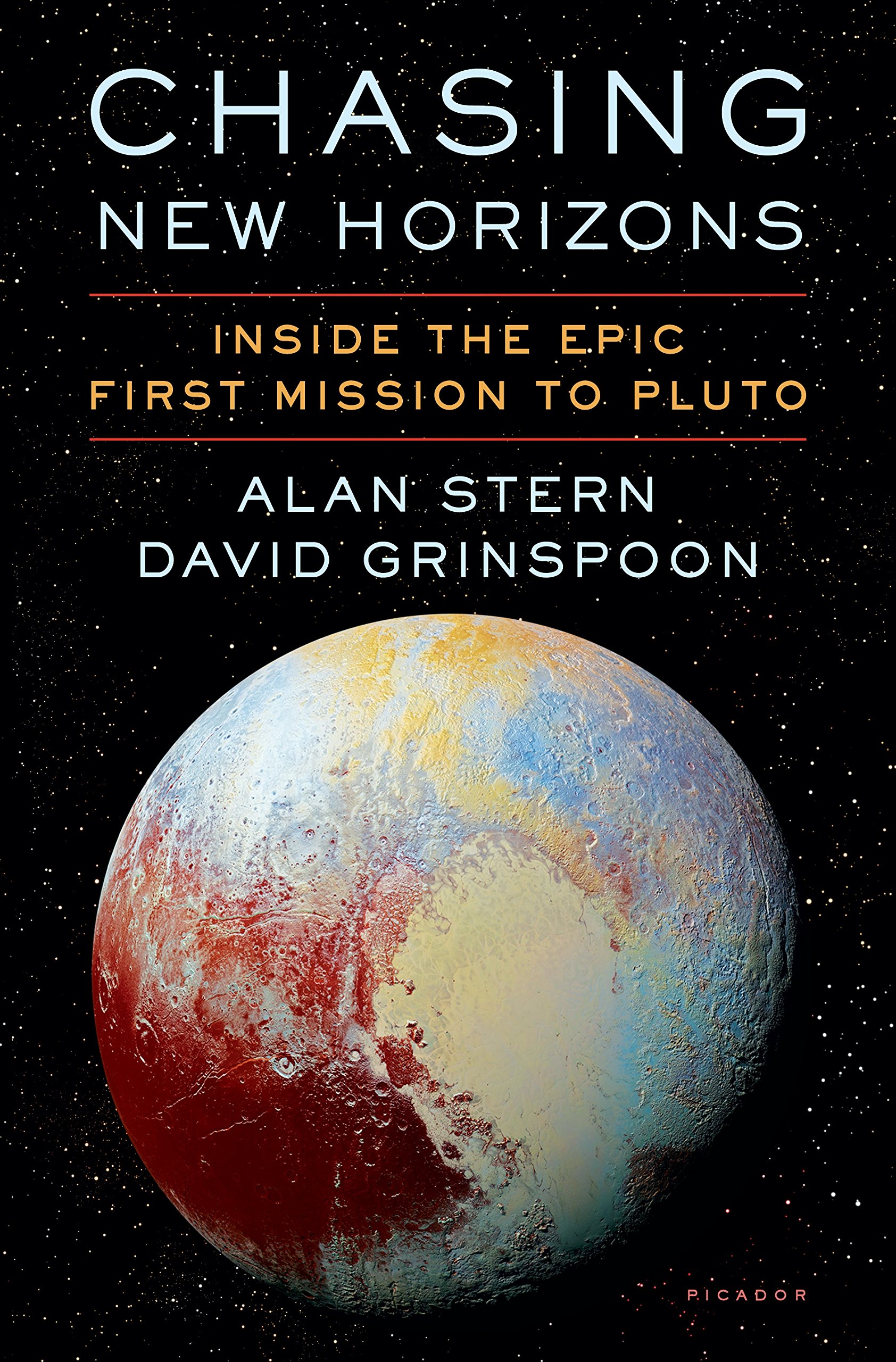 Story: From the moment that Pluto fell off the itinerary of worlds to be visited by the Voyager spacecraft during that mission’s planning stages, scientists wanted to find a way back to what was then regarded as the outermost planet. Inspired by the outcome of the Voyager missions, Alan Stern takes on the task of heading up the “Pluto Underground” in the late 1980s to begin to build support for a robotic mission to Pluto, a goal that will encounter far more obstacles than he anticipates.
Story: From the moment that Pluto fell off the itinerary of worlds to be visited by the Voyager spacecraft during that mission’s planning stages, scientists wanted to find a way back to what was then regarded as the outermost planet. Inspired by the outcome of the Voyager missions, Alan Stern takes on the task of heading up the “Pluto Underground” in the late 1980s to begin to build support for a robotic mission to Pluto, a goal that will encounter far more obstacles than he anticipates.
Review: A warts-and-all history of the mission that, after many permutations, false starts, and NASA cancellations, became known as New Horizons, this book does include the romance of discovery, but it also includes the political machinations that go into mission proposals and NASA’s competitive mission selection process. The mission doesn’t launch until around halfway through the book. What takes up the first half is startling, sobering, and maybe just a little bit unnerving.
Just like any other potential government contractors, NASA’s various research centers put forth proposals explaining why they’re the best ones for the job on any new mission proposal. And to put it mildly, some of these NASA centers have become superstars in their own right, fully capable of throwing diva-worthy temper tantrums if they’re not the default selections. From the beginning of the book, Stern and Grinspoon lay out that New Horizons – or at least what would become New Horizons – was born out of a desire to taste that euphoria of being the first explorers to set eyes on unseen vistas that had last been experienced by Jet Propulsion Laboratory scientists and engineers as Voyager 2 flew past Neptune in 1989 (an occasion I remember very well myself). Pluto, as a destination, had been cut out of the possible Voyager flight plans early, after some preliminary trajectories for Voyager 1 would have seen that spacecraft going from Saturn to Pluto. In Stern’s eyes, it became a singular target.
It turns out that one of Stern’s biggest stumbling blocks in trying to put together a Pluto mission early in his space exploration career was JPL itself. Any kind of flagship mission to Pluto seemed to be JPL’s opportunity to lose, or at least the upper management at JPL saw it that way. In suggesting any mission that didn’t automatically defer to JPL, Stern made enemies at a surprisingly early stage in his career. The book goes on to suggest that JPL management set out to deliberately sabotage and block any Pluto mission proposals originating from outside JPL. As someone who grew up idolizing the people behind the Voyager missions (and since most of them were project scientists and not management, I still do), this was a disturbing glimpse into what seems like a counterproductive way to get science done. And yet, from the Decadal Survey that determines the “big” space science goals of the next ten years, down to competing proposals for Discovery and New Frontiers class missions, this constant state of competition continues to be how NASA does things.
Even once New Horizons gets the green light from NASA, it seems that it doesn’t exactly enjoy a huge amount of support within NASA at first, requiring further back-channel political maneuvers to keep the mission alive and on track. All of this is eye-opening; there’s a lot more to this book than just “…and then we launched into space and went and did some science stuff.”
But once they do launch into space and go and do some science stuff, it’s exhilarating and suspenseful. The twists and turns of the story are nail-biting, and the authors do a good job of laying out the stakes, technical and scientific, in terms that should land with most readers who do not have that background. Grinspoon does most of the narrative heavy lifting, telling the story from a kind of omniscient-third-person perspective. Extensive interviews were conducted with Stern to lay out an oral history of the mission from its earliest conception, and quotes from Stern and key members and collaborators of the mission, are clearly marked. Still, as New Horizons made him possibly the most visible space scientist of the twenty-teens, Stern’s name is on top on the cover, just in case anyone was in any doubt that they’re getting the inside story of the mission.
The book ends before the New Years’ Eve 2019 flyby of the Kuiper Belt object Arrokoth, so it seems like a second edition is waiting to happen somewhere. But unfinished business aside, this is a gripping, warts-and-all story of the very real business of trying to do “big science” within NASA as a government agency. With all of the maneuvering and dirty dealing described early on, it makes it seem like that much more of a miracle that NASA sent a plucky robot to examine Pluto and its moons up close for the first time, and reaped a harvest of scientific discovery as a result.
Year: November 17, 2018
Authors: Alan Stern, David Grinspoon
Publisher: Picador
Pages: 297




